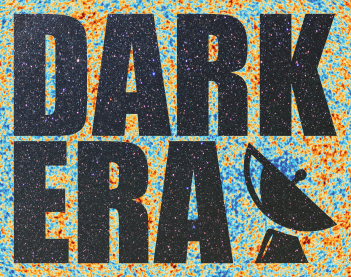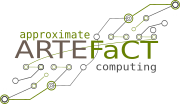Current
Past
 (Fr – GdR ISIS) (Fr – GdR ISIS)
2017-18 |
Description: The objective of the Mordred young researcher project is to create a set of methods and tools to ease the design and implementation of applications for massively parallel architecture. The project has two main research axes:
|
| Partners: IETR (leader), Lab-STICC |
| COMPACT-SL-MODELS (US – NSF)2015-19 |
Description: This project will develop new techniques to help advanced computing systems for signal processing better adapt to the environments in which they operate. |
| Partners: UMD (leader), National Chung Tiao University, INSA, Georgia Tech. |
 (FR – ANR) (FR – ANR)
2011-14 |
Description: The goal of the COMPA project is to propose generic models for adaptive multi-processors embedded systems. The project proposes:
All these contributions have been integrated in an open source software suite and a set of “runtime manager” software components have been developed for a multi-core FPGA based hardware demonstrator. |
| Partners: INSA (leader), Texas Instruments France, Lab-STICC, IRISA, CAPS Entreprise, Modae |



